Ancient civilizations had no word for the color blue. It was the last color to appear in many languages, including Greek, Chinese, Japanese, and Hebrew. In The Odyssey, Homer describes the “wine-dark” sea. According to one linguist, every culture begins with words for dark and light. The next color described is red, then yellow and green, and finally blue.
Does this mean, as this video by Tech Insider asks, that you really can’t “see something if you don’t have a word for it”?
That may be the case. The Himba tribe in Namibia has no word for blue.
In an experiment, psychologist Jules Davidoff studied the Himba and concluded that without a word for a color, it is more difficult to differentiate that color from others. So even though our eyes could perceive the color blue, “we may not have noticed it was unique until much later.”
Watch the YouTube video below and learn all about it:
Article originally appeared on 07.22.19.
More on Good.is
There Are 11 Official Languages in South Africa. Here’s How They’re Making It Work.















 Image frmo Scientific Reports of ancient artwork. Image Source:
Image frmo Scientific Reports of ancient artwork. Image Source:  Image frmo Scientific Reports of ancient artwork.Image Source:
Image frmo Scientific Reports of ancient artwork.Image Source:  Image frmo Scientific Reports of ancient artwork.Image Source:
Image frmo Scientific Reports of ancient artwork.Image Source: 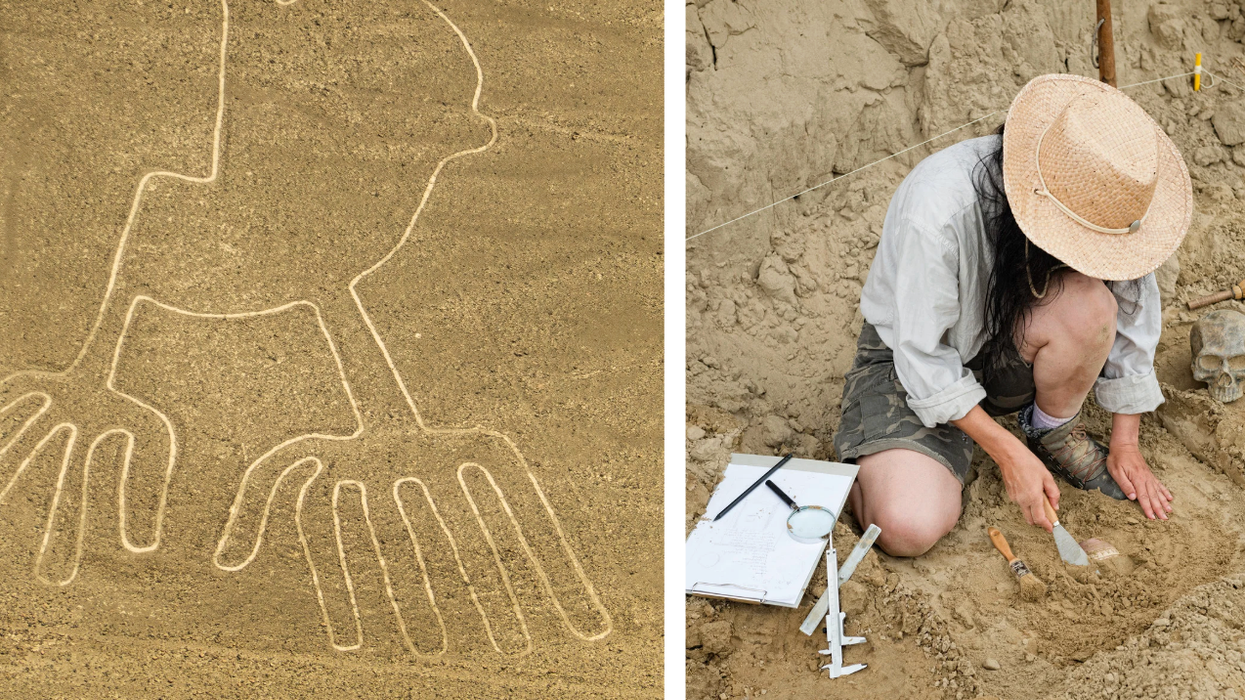

 Sergei Krikalev in space.
Sergei Krikalev in space. 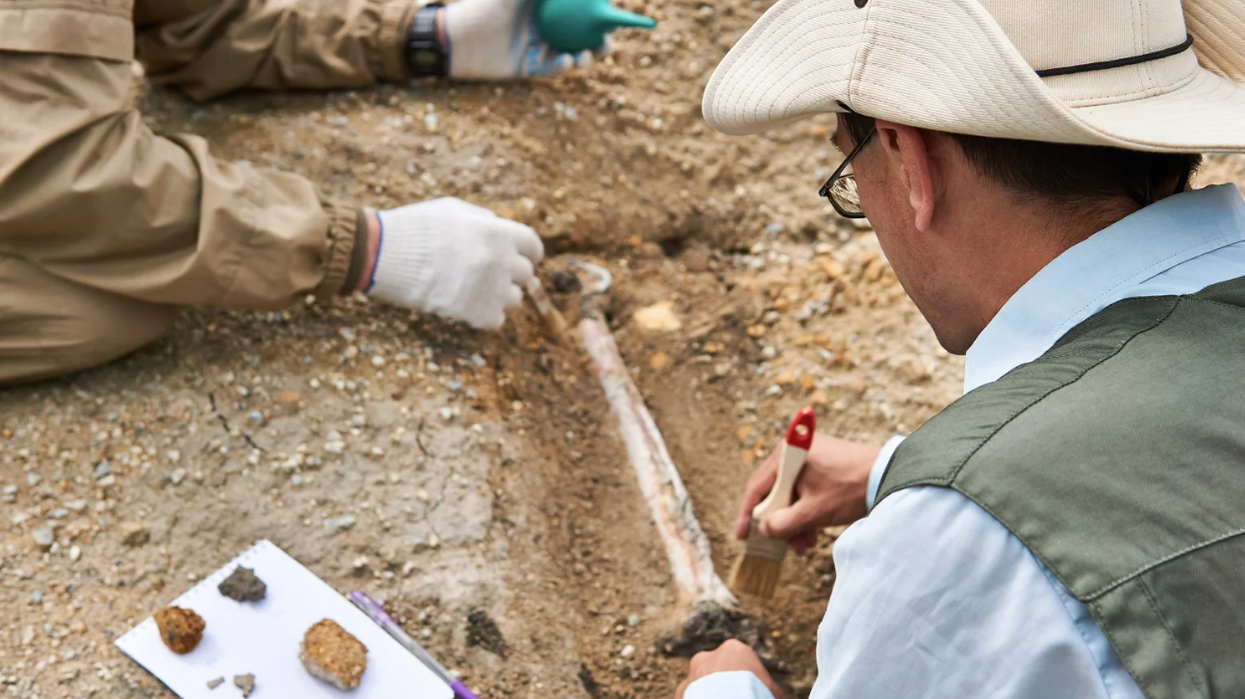


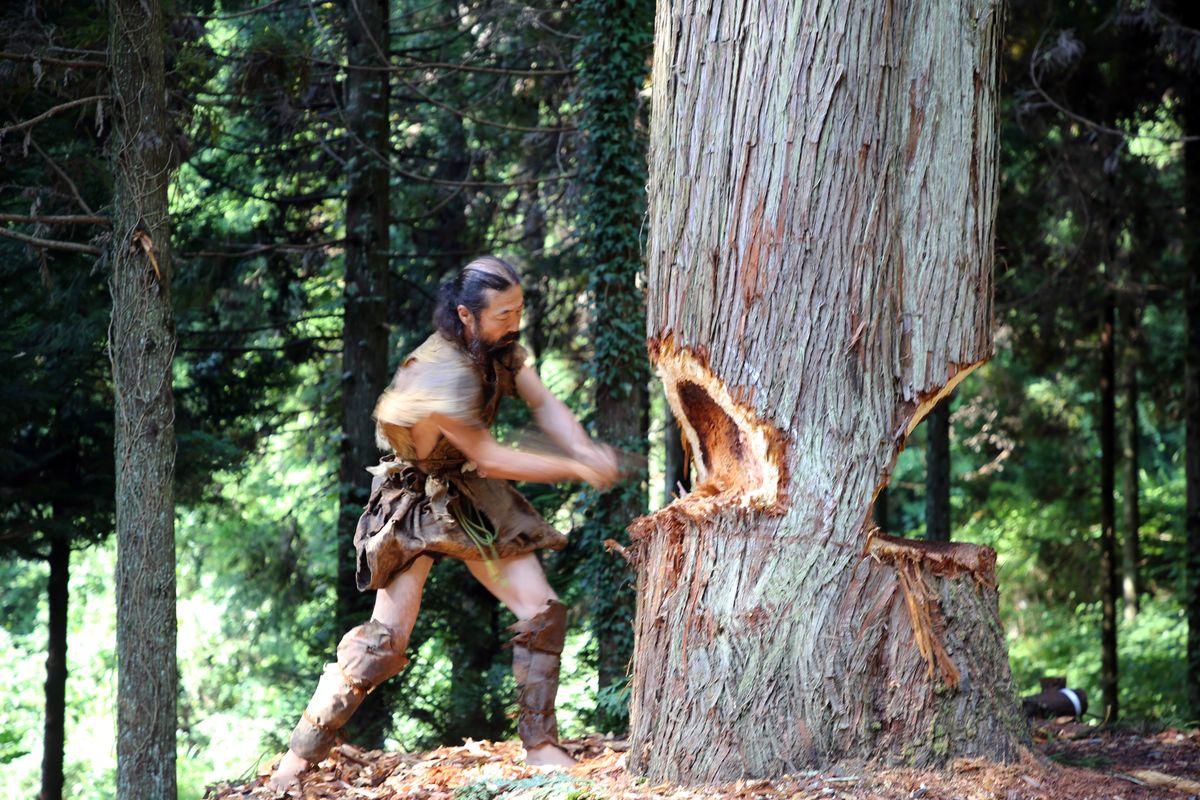 The team also crafted their canoe using ancient methods and Stone Age-style tools. National Museum of Nature and Science, Tokyo
The team also crafted their canoe using ancient methods and Stone Age-style tools. National Museum of Nature and Science, Tokyo The cedar dugout canoe crafted by the scientist team. National Museum of Nature and Science, Tokyo
The cedar dugout canoe crafted by the scientist team. National Museum of Nature and Science, Tokyo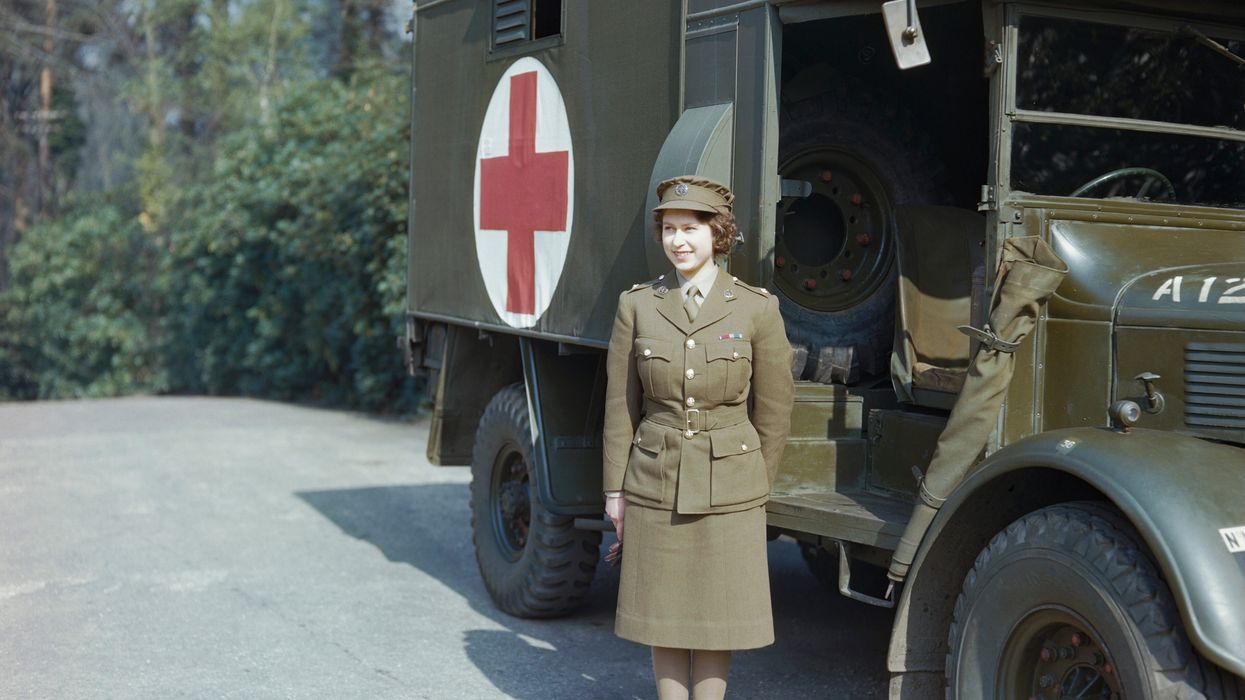
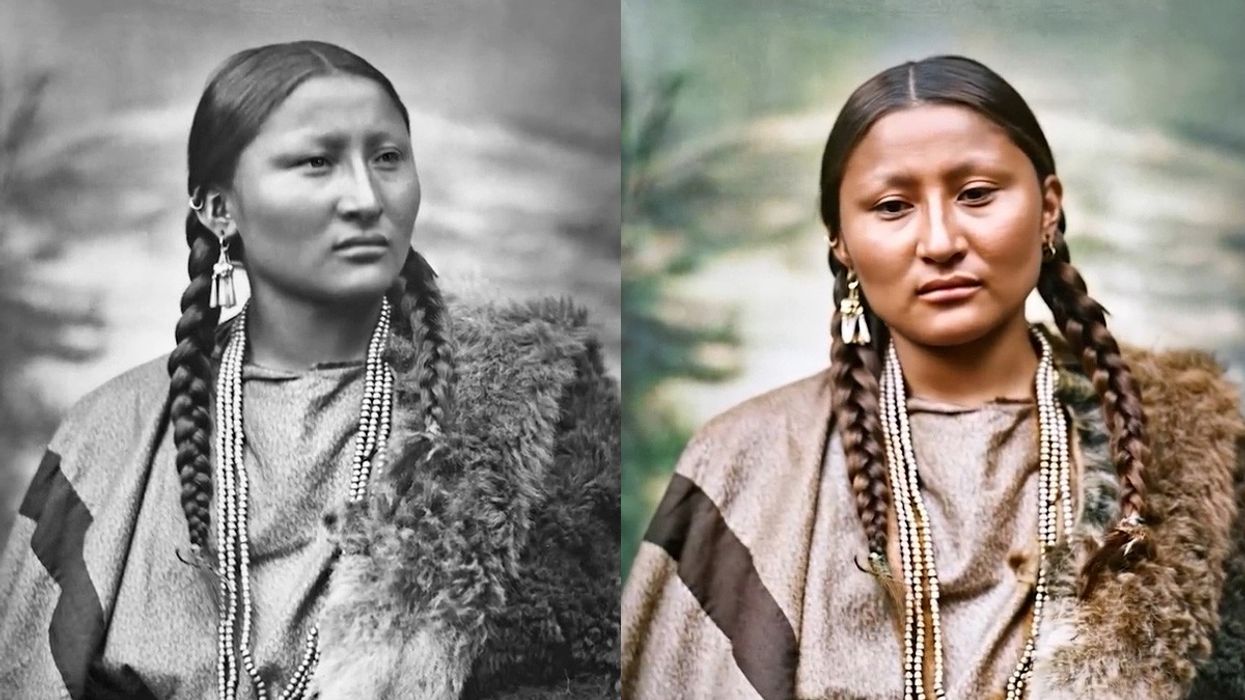
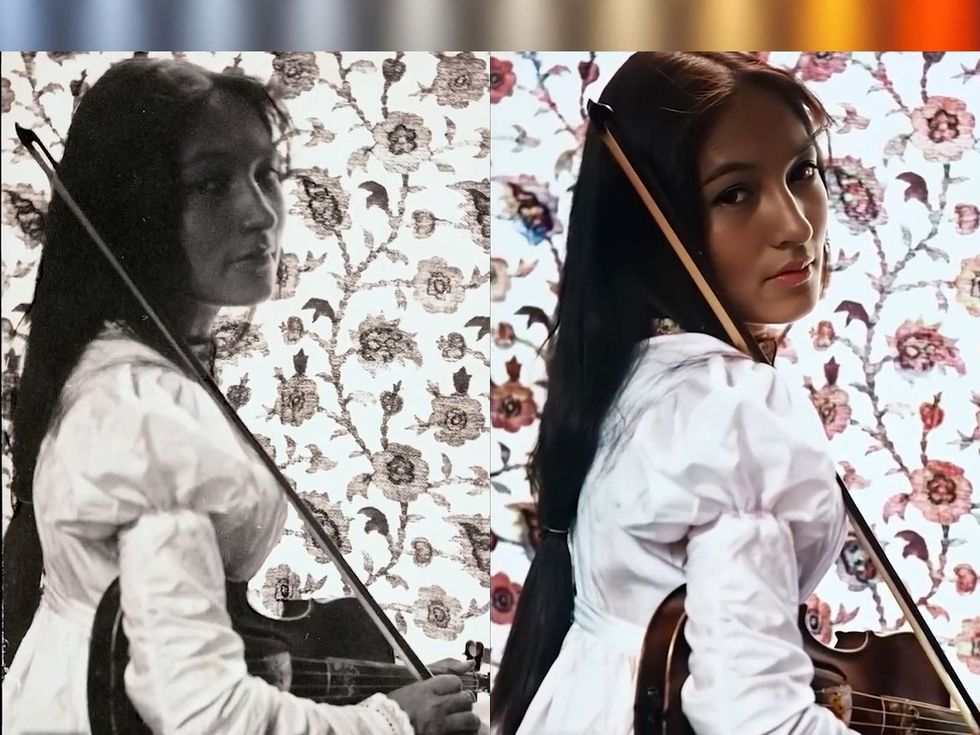 Zitkala-Ša with her violin in 1898 colorized and animated.Taken from YouTube video with image of kelvin temperature by Tiero from Canva.
Zitkala-Ša with her violin in 1898 colorized and animated.Taken from YouTube video with image of kelvin temperature by Tiero from Canva.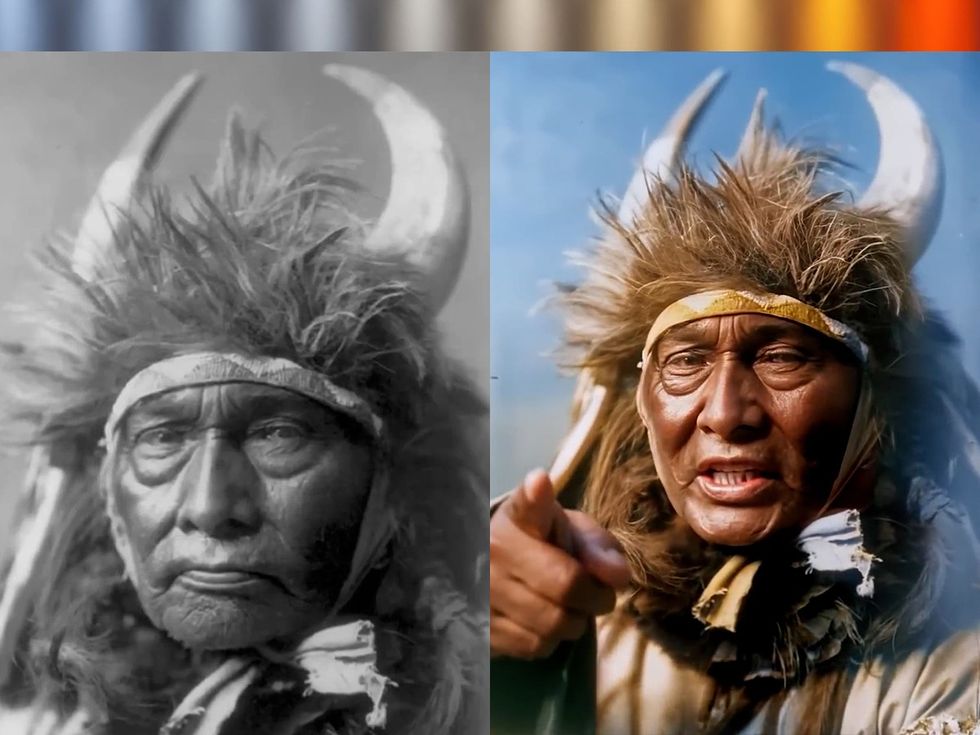 1908 photo of Bull - Chief of the Apsaroke tribe colorized and animated.Taken from YouTube video with image of kelvin temperature by Tiero from Canva.
1908 photo of Bull - Chief of the Apsaroke tribe colorized and animated.Taken from YouTube video with image of kelvin temperature by Tiero from Canva.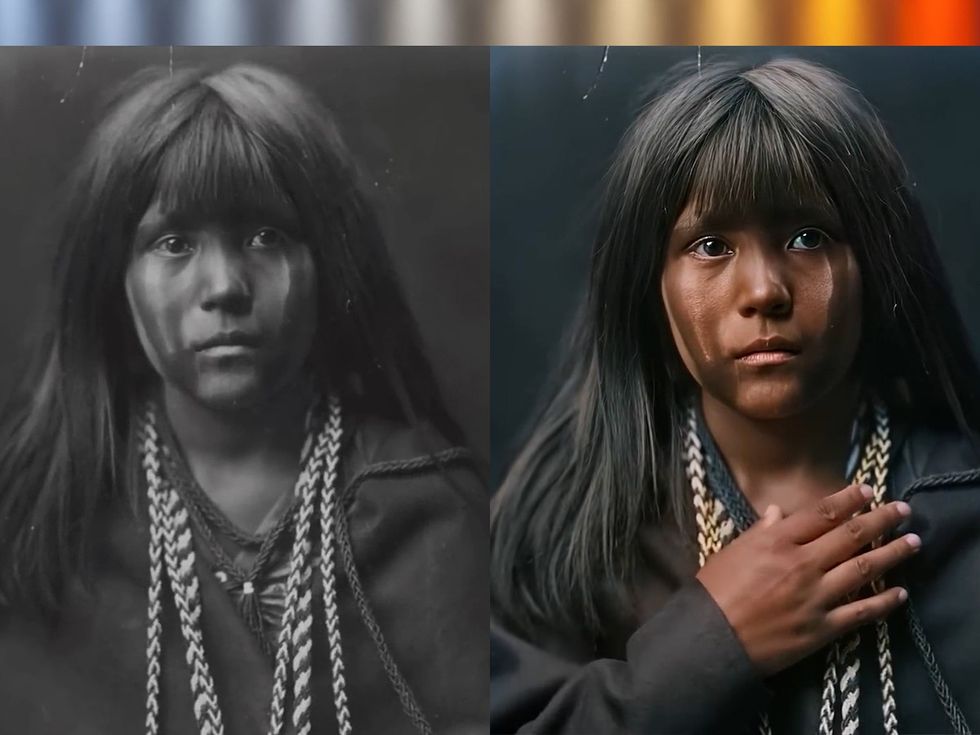 Mosa original photo from 1903 with modern colorization and reanimation.Taken from YouTube video with image of kelvin temperature by Tiero from Canva.
Mosa original photo from 1903 with modern colorization and reanimation.Taken from YouTube video with image of kelvin temperature by Tiero from Canva.
'Every breath you ...' what? 5 classic songs where people totally missed the meaning